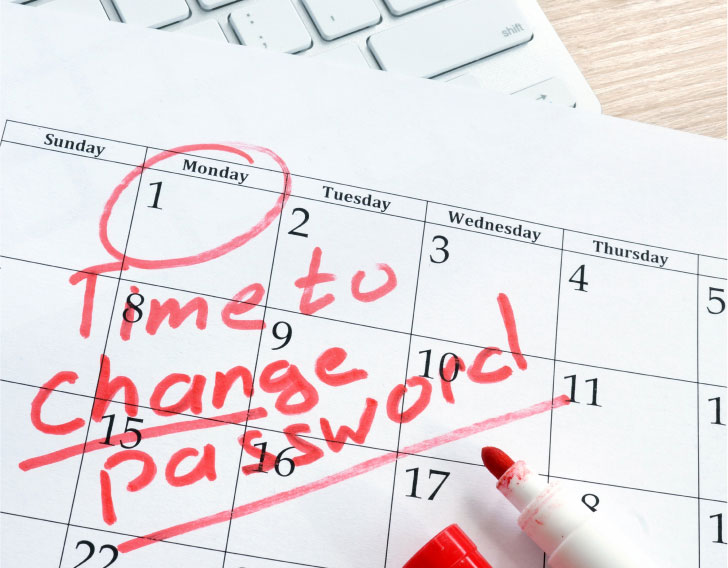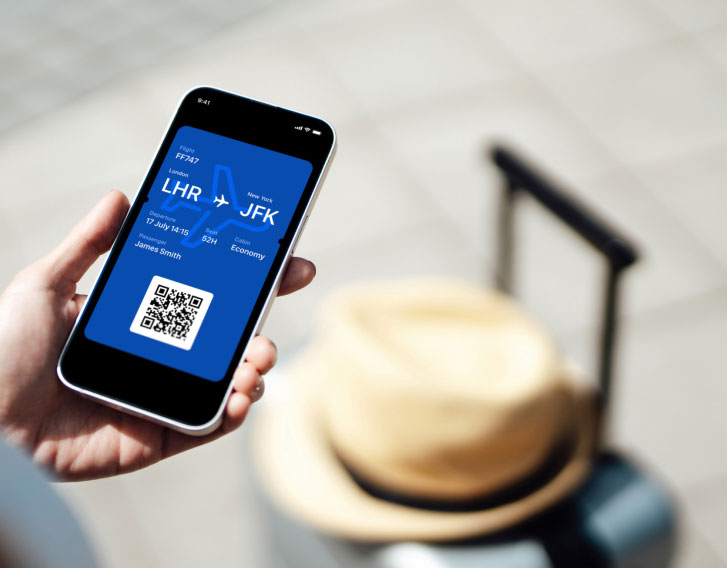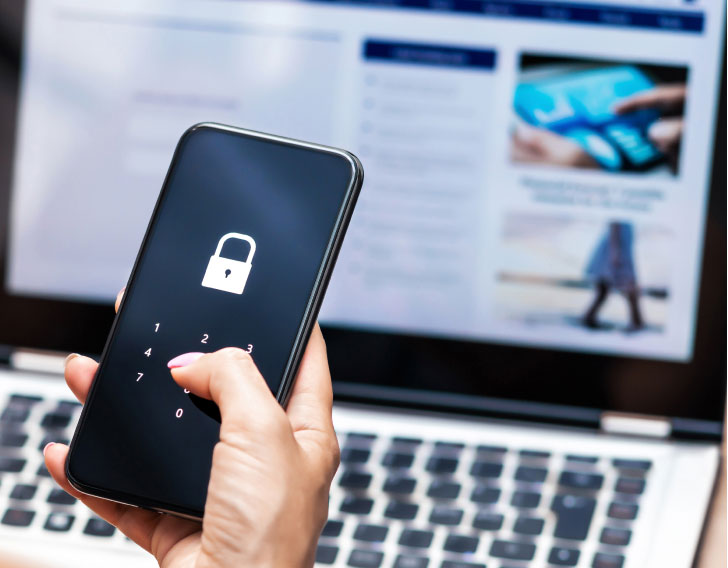Internet security
Are Your Online Activities Putting You at Risk for Identity Theft?
Total fraud and identity theft cases have nearly tripled over the last decade. As a result, an estimated $10.2 billion in total fraud losses with a median loss of about $500 for fraud victims.
Identity theft, also known as identity fraud, is where a thief steals key pieces of personally identifiable information, such as social security numbers, to impersonate someone for their own financial gain. The problem with this type of crime is that you aren’t aware of the problem until it’s already happened. Victims can end up spending as much as months or years to recover from the damage.
What Are the Signs of Identity Theft
The sooner you know your identity has been stolen, the faster you can prevent more damage from happening. You may not be able to stop all of it, but you can stop it from getting worse.
Here are some signs that you’ve been a victim of identity theft:
- Items on your credit report don’t match your activity – Check your credit report regularly and look for inquiries you didn’t initiate or new accounts you didn’t open.
- Suspicious activity on your financial accounts - If unsolicited purchases or withdrawals show up in your bank or credit card accounts, regardless of how small the amount, it likely indicates someone has stolen your identity.
- Physical mail that is unfamiliar – Keep an eye out for applications, credit card statements or letters from agencies you receive in the mail that are unrelated to your specific interests or financial activity. It’s possible that someone is applying for accounts or credit and making transactions in your name.
- Regular mail that disappears – Have you had a package stolen from your porch? Or, mail that you used to receive is no longer delivered, such as bank statements or other financial details? Identity thieves are known to submit change of address forms in an attempt to re-route important mail to another address.
- Lost personal documents – If you’ve recently lost items, such as your wallet, a passport, driver’s license, social security card, debit or credit cards or an insurance card, the possibility of your identity being stolen is high. Always keep these types of documentation in a secure location and only carry them with you when necessary.
- Suspicious phone calls or messages – Phone calls or messages from creditors you don’t do business with are a clear sign someone has conducted transactions in your name.
- Suspicious tax return activity – Be aware of any notifications stating that you’ve filed a tax return when you haven’t, or you receive a W-2 for a job you never worked at.
Emails or texts erroneously stating you’ve changed account information – As part of two-factor authentication, companies will either send a text message or email saying information on your account with them has been changed. Contact them immediately if this happens, and you did not initiate the activity.
What To Do If Your Identity Has Been Stolen
Knowing someone is out there and conducting transactions in your name is very unsettling at best. However, the quicker you take action, the less you’ll have to deal with any damage caused.
If you notice any of the signs from the section above, here are the next steps you need to follow:
- Check all of your financial accounts for suspicious activity, including retirement accounts or others that aren’t used frequently.
- Identify those accounts that show unauthorized activity and make a list of them.
- Contact the credit bureaus and place a freeze on your credit reports. If you do conduct a transaction or open a new account, the freeze requires creditors to take extra steps to verify your identity before the purchase is completed.
- Change all your passwords, even on accounts you rarely use. A password manager can help make this task much faster and easier, especially if you have a lot of accounts.
- Contact the FTC to report the activity – Go to IdentityTheft.gov to submit the information to make the FTC aware of the situation. Doing this will also provide you with assistance for creating a recovery plan.
- Report the fraudulent activity and dispute it with the related business. Ask the company to close your account or provide you with a new account number. Most will remove the charges and conduct their own investigation. Check with them about following their policies and procedures to ensure you aren’t held responsible for the charges.
What Puts You at Risk for Being a Victim of Identity Theft?
To help keep you aware of and safe from ID theft, we’ve compiled a list of the most common activities or mistakes people make that frequently lead to this crime. Keep reading to see how likely you are to become–or hopefully not become–a victim. You can also go here to learn more about ID Protection by AOL and get help with protecting yourself against identity theft.
[insert infographic]
Source: https://identitytheft.org/statistics/
You’re more likely to become a victim of identity theft if you….
Throw checks, credit card statements and account records in the trash
88% of victims say ‘dumpster-divers
Published on 07/12/2023


